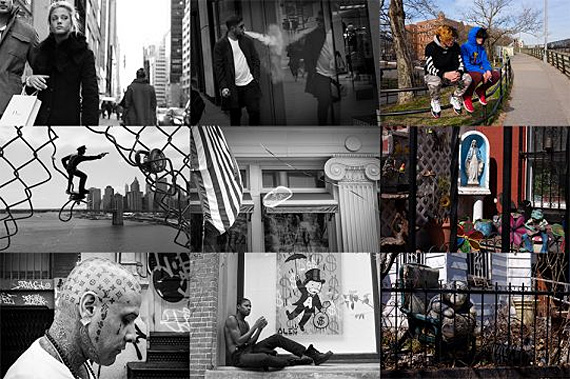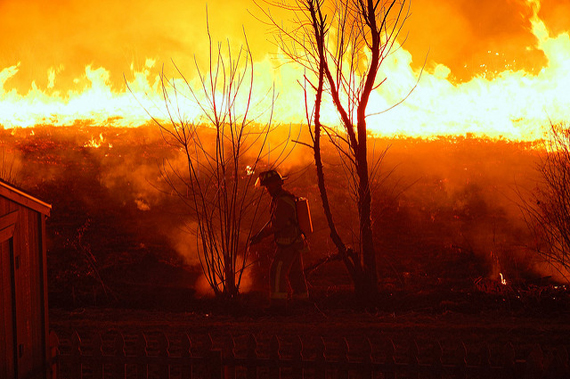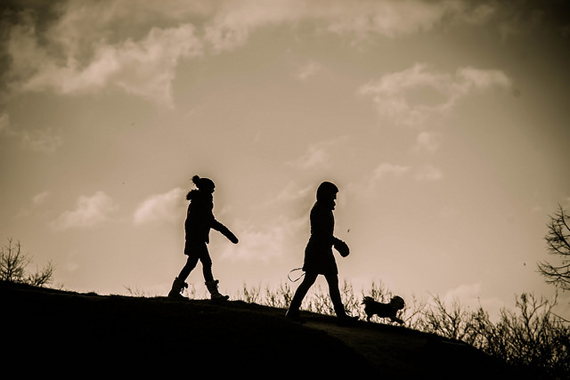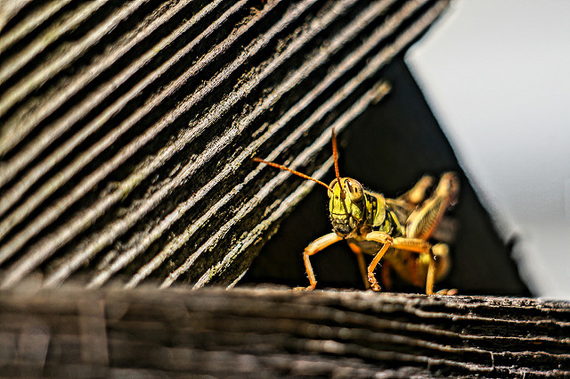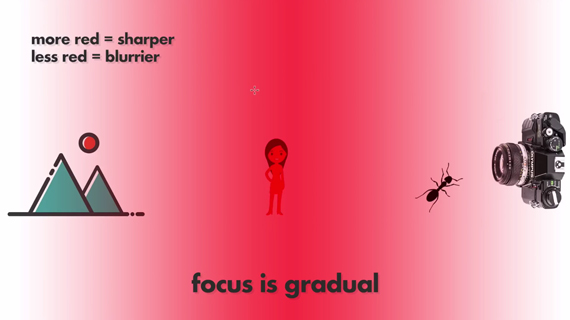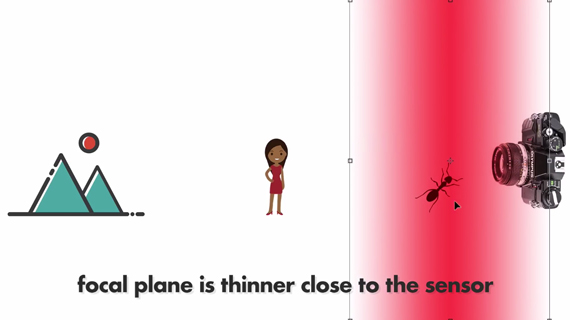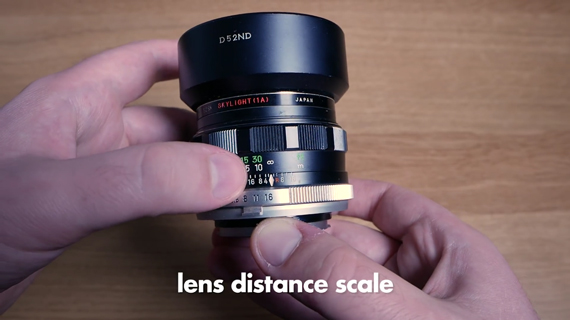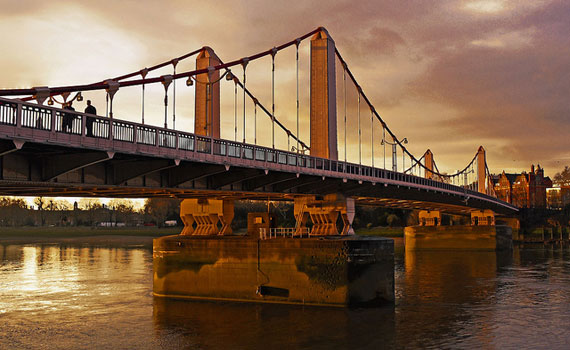The essence of street photography is all about real, unplanned, special moments—going out into the world to see what you can find and relate to and bringing these moments back to share.
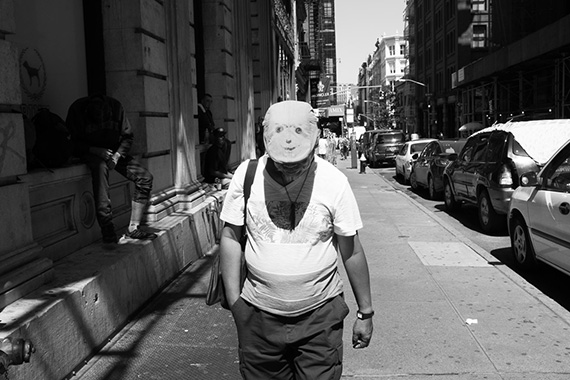
But too often, photographers take these special moments and edit them to death, trying to over-perfect them—and this just diminishes the spontaneous, special feeling that great street photography can create.
So here are a few tips to keep it simple when editing your street work.
The 5-minute rule
While there will always be problem photographs, if you can’t get your photograph to a general place you like within five minutes (and often less), then perhaps it’s not good enough in the first place.

I will often come back and re-tweak my street photos with a fresh eye, but still, I try to keep things simple enough that it really doesn’t—and shouldn’t—take too long.
When you spend too long on photographs like these, the effects tend to be over-done and the photographs start to look fake. The last thing we want is for our street work to look fake, since it is a genre that’s meant to feel real. (With exceptions of course.)
Embrace imperfection
I can’t tell you how often I’ll be working with another photographer and they’ll show me an incredible moment and say something like, “I just wish I hadn’t cut off the person’s foot.”

It’s usually something I didn’t even notice. Especially if you come from a landscape or portrait photography background, where perfection means a lot, this can be a tough habit to break.
But imperfection is at the heart of street photography. Of course, these imperfections can easily ruin a photo, but if the moment is interesting and special enough, these imperfections can often just make the photo that much better and more real.
Embrace skewed photographs, blur (whether purposeful or by accident), things getting in the way that you didn’t plan, blown-out highlights, all of that type of stuff. Think about whether it harms the photograph—or if it’s just part of what happened in that unique moment.
I think you’ll find, over time, that you will grow to love these imperfections.
Consistency
Consistency can be important in your work. While different projects and prints can certainly look completely different, if you’re creating a cohesive body of work, it can (usually but not always) be beneficial to keep things consistent.
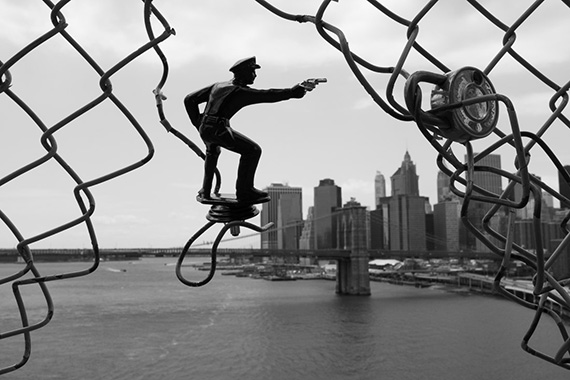
This means it can often be a good idea to keep a body of work in all color or black and white, to keep the color quality consistent, to keep your aspect ratio consistent, and so on.
This will keep your viewer focused on the content of the work instead of being taken away by photos looking completely different. And the other benefit is that it will make your editing that much more simple!
Crop, color profile or black and white, color temperature, exposure, contrast, black levels, highlights, clarity (sparingly), saturation (sparingly), vignette
These are the sliders that I strictly use about 99% of the time, and very often it’s only a few of these and sparingly. I look through them in this order but often will skip many. Having an efficient way of looking through your sliders will speed you up and allow you to become very intuitive with your editing.
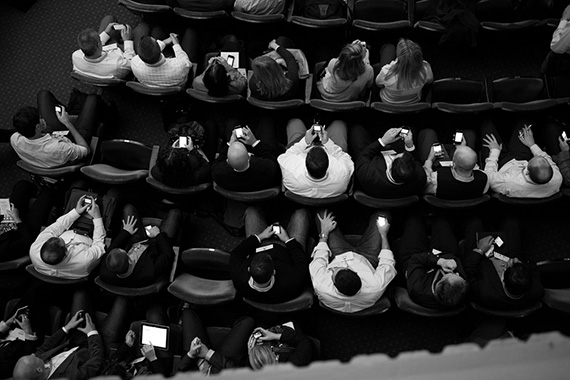
For those who don’t know about color profiles, in Lightroom, you can select a color profile that comes from your camera (Fuji has excellent ones). After cropping, this is my first major step for color images that will dictate everything else. I don’t always choose a color profile from the camera, but I always go through to see if one will look better.
Let it go
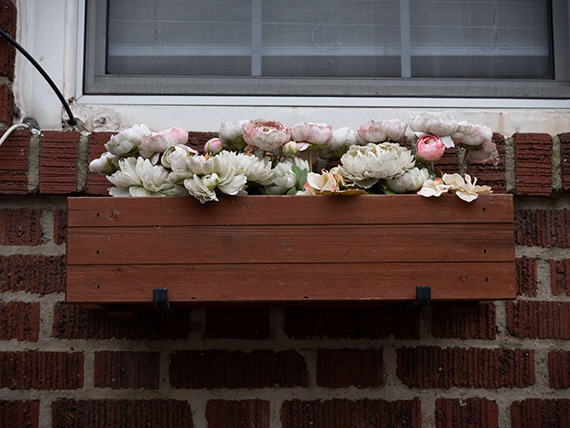
If you have to do too much, it just might not be a great photo. Letting go is just as important as anything else.
Sometimes we get too attached to the feeling in the moment we took the shot and the hope that it would be great, and try to do everything we can to turn it into a great photo. But when it doesn’t work, it just doesn’t work.
For Further Training:
This new in-depth course shows you James Maher’s entire street photography editing process from beginning to end. We were able to negotiate a 37% discount today – simply use the coupon picturecorrect at checkout.
We all take a ton of bad street photographs. It’s the best photographers who can weed out the strongest work, organize it correctly, and figure out how to grow a vision while presenting it in an effective manner.
Deal ending soon: Street Photography Editing Course at 37% Off
Go to full article: How to Keep Your Street Photo Editing Simple
What are your thoughts on this article? Join the discussion on Facebook
PictureCorrect subscribers can also learn more today with our #1 bestseller: The Photography Tutorial eBook
The post How to Keep Your Street Photo Editing Simple appeared first on PictureCorrect.
from PictureCorrect https://ift.tt/3r3Khl1
via IFTTT






